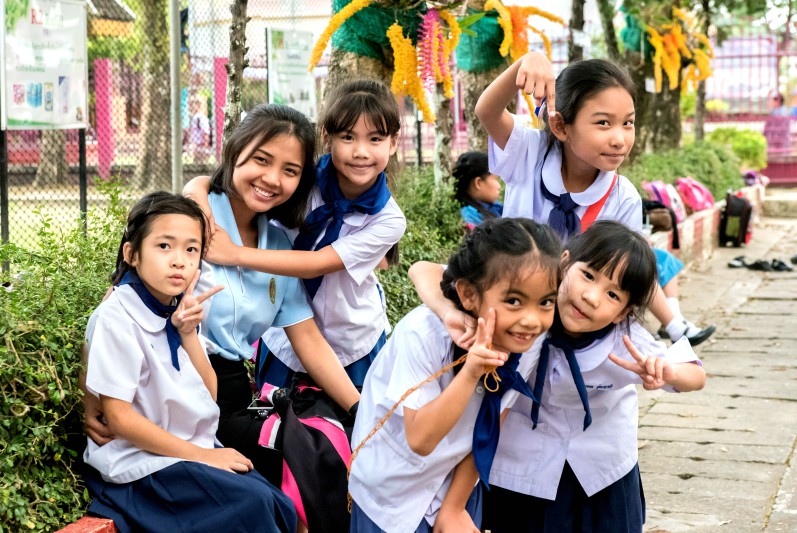“Social scientists often use the term social capital to describe social connectedness–that is, informal ties to family, friends, neighbors, and acquaintances; involvement in civic associations, religious institutions, athletic teams, volunteer activities; and so on. Social capital has repeatedly been shown to be a strong predictor of well-being both for individuals and for communities.” – Robert Putnam
In renowned social scientist Robert Putnam’s 2015 book Our Kids: American Dream in Crisis, the author explores both narrative and hard evidence that central to people’s ability to achieve often lies in our embeddedness in communal networks. As he puts it, “community bonds and social networks have powerful effects on health, happiness, educational success, economic success, public safety, and (especially) child welfare.” All these outcomes are critical elements we have found in strengthening an individual and community’s resilience to traffickers and others seeking to exploit the vulnerable.
Social ties are important for many reasons.
They can provide the emotional support to help people in times of difficulty. But they also have material benefits: they can be valuable pathways to a wealth of expertise and connections to opportunities for advancement. Having a wider social network gives us more people to turn to for advice and information, or for word about potential job openings or school or other educational possibilities.
“However, like financial capital and human capital, social capital is distributed unevenly, and…differences in social connections contribute to the youth opportunity gap.” People with higher socio-economic status often have wider and deeper social networks. People on the lower end of the socio-economic spectrum often have much fewer ties, sparser networks, and tend to be more socially isolated–contrary to the romantic images of close-knit communal life among the poor and lower-class.
This is why community building is such a key component of our trafficking prevention programs.
By offering a space to bring the community together, we’re helping people build bridges to each other–to widen and deepen the connections they have to each other, to hopefully tap into unrealized resources they already have, and to help inspire opportunities to create new ones.
And we’re seeing the pay-offs. In our social impact assessment, a researcher interviewed our students, including a group of 20 high school students who had been with The Freedom Story for several years, many since its inception. When asked their favorite thing about their experience with TFS, all of the students said this: relationships with staff. When Dr. Anderson-Hinn asked them to unpack that statement further, they spoke about feeling safe approaching The Freedom Story staff members, feeling valuable to them, and confident in implementing the advice they gave. “They also spoke of how their connection to The Freedom Story translated directly to a consistent increase in their levels of hope for their futures.”
Our students feel safe. They feel valued. They trust the advice our staff shares with them.
They feel more hope for the future.
Therein lies their strength in overcoming adversity.





